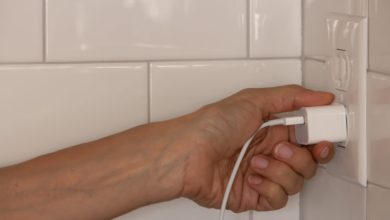People have just realized what the employment act Donald Trump revoked actually means for workers now
On January 21, just one day after his inauguration, President Donald Trump signed an executive order dismantling key provisions of the 1965 Executive Order 11246, which had been a cornerstone for workplace anti-discrimination protections. The order targeted diversity, equity, and inclusion (DEI) programs within federal agencies and certain private institutions, setting off widespread discussion about its implications for workers and employers alike.
What the Revocation Entails
The executive action aims to eliminate DEI-focused initiatives within the federal government, directing agencies to immediately halt such programs. It also outlines a plan to investigate compliance by publicly traded corporations, large nonprofits, and other institutions with substantial financial assets.
The original Executive Order 11246, introduced during Lyndon B. Johnson’s administration, prohibited employment discrimination based on race, color, religion, sex, sexual orientation, gender identity, or national origin. It also established affirmative action requirements to promote diversity and equality in hiring practices.
Trump’s order, however, frames DEI initiatives as counterproductive, claiming they contribute to discrimination by prioritizing certain demographic groups over others. The directive suggests that government hiring should be free of considerations related to race or gender and emphasizes merit-based selection processes.

Donald Trump has signed off a number of executive orders (Anna Moneymaker/Getty Images)
Reactions and Controversy
The revocation has drawn polarized reactions, with critics and supporters offering starkly different interpretations of its potential impact.
Political strategist Basil Smikle Jr. expressed concerns, stating: “There’s this clear effort to hinder, if not erode, the political and economic power of people of color and women. What it does is open the door for more cronyism.”
On social media, some users criticized the move, suggesting it disproportionately benefits straight, white males. One comment read: “Good for straight white males. Bad for everyone else,” reflecting fears that the rollback could undermine protections for marginalized groups.
However, supporters of the change argue that it removes biases inherent in DEI programs. Louisiana Senator John Kennedy defended the decision, stating: “The best way to stop discriminating against people on the basis of race or gender is to stop discriminating against people on the basis of race and gender.” He emphasized that most Americans do not prioritize these factors as much as policymakers in Washington do.

Trump’s order has received some criticism online (Andrew Harnik/Getty Images)
Broader Implications
The revocation has sparked significant debate over the balance between promoting diversity and ensuring equal opportunity for all workers. Advocates for DEI programs argue that they help level the playing field for underrepresented groups in the workforce, while opponents claim such initiatives can create reverse discrimination and inefficiencies.
The new directive’s potential effects on private-sector hiring practices, government compliance investigations, and the broader labor market remain to be seen. The ongoing debate underscores the challenges of navigating workplace equity in a politically divided era.












